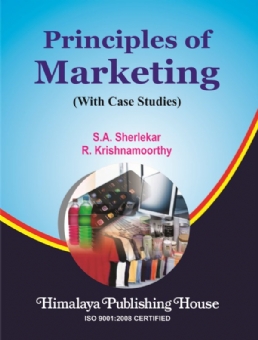It is with immense satisfaction that we present this book titled “Laboratory Equipment Maintenance” for undergraduate students of F.Y.B.Sc., Semester I, under the Physics – Vocational Skill Course. This book has been carefully crafted to align with the syllabus of the University of Mumbai, as per New Education Policy (NEP) 2020. The primary aim is to provide students with a solid foundation in both the theoretical and practical aspects of maintaining basic laboratory equipment.
The content is structured to help students gain a thorough understanding of various electronic components and the maintenance techniques essential for laboratory equipment, in line with the prescribed syllabus. The book is divided into two main sections: two theoretical units that cover key concepts, and a practical section featuring experiments that match the prescribed curriculum. Each chapter is designed to promote a clear, hands-on comprehension of the topics to enhance student learning.
Contents –
Unit ‒ I
1. Testing, Measuring and Failures of Passive Electronic Components
1.1 Introduction
1.2 Testing of Passive Electronic Components Using Digital Multimeter (DMM)
1.2.1 Use of Digital Multimeter for Measurement
1.3 Failures in Fixed Resistors
1.4 Testing of Resistor
1.5 Variable Resistor
1.5.1 Types of Variable Resistors
1.5.2 Uses of Variable Resistor
1.6 Measuring Resistors Using Colour Codes
1.7 Capacitors and its Types
1.7.1 Types of Capacitors
1.7.2 Uses of Capacitor
1.7.3 Measuring Capacitor Using Colour Codes
1.8 Testing of Various Types of Capacitors
1.9 Inductors and its Measurements
1.10 Testing of Inductors
Questions
Unit – II
2. Testing of Semiconductor Devices
2.1 Introduction
2.2 Types of Semiconductor Devices
2.3 Causes of Failures in Semiconductor Devices
2.4 Types of Failures in Semiconductor Devices
2.5 Testing of Semiconductor Devices
2.5.1 Testing Diodes
2.5.2 Testing Bipolar Junction Transistors (BJTs)
2.5.3 Testing Field-Effect Transistors (FETs)
2.5.4 Testing Integrated Circuits (ICs)
2.5.5 General Troubleshooting Tips
Questions
3. Basics of Soldering and Laboratory Power Supplies: Basic Testing and Troubleshooting
3.1 Introduction
3.2 Soldering Alloy
3.3 Flux
3.4 Soldering Iron
3.5 Soldering
3.6 Dry Soldering and Good Contact
3.7 Desoldering
3.8 Laboratory Power Supplies – Basic Testing and Troubleshooting
3.8.1 Types of Laboratory Power Supplies
3.8.2 Basic Testing of a Laboratory Power Supply
3.8.3 Troubleshooting Common Issues
3.8.4 General Maintenance Tips
Questions
List of Experiment
1. Identify Different Types of Wires, Power Cables, Probes, and Fuses Used in the Laboratory and Check their Continuity Using DMM
2. Identify Passive Electronic Components -Resistors, Capacitors and Inductors
3. Measurement of Resistors Using their Colour Codes and a Digital Multi-meter (DMM) and Testing of Capacitors and Inductors
4. Identify Semiconductor Devices
5. Testing the Semiconductor Devices
6. Soldering and Desoldering Electronic Components
7. Mounting Simple Circuit on PCB and Testing
8. Troubleshooting a Given Circuit
9. AC Power Supply and Troubleshooting
10. DC Power Supply and Troubleshooting






